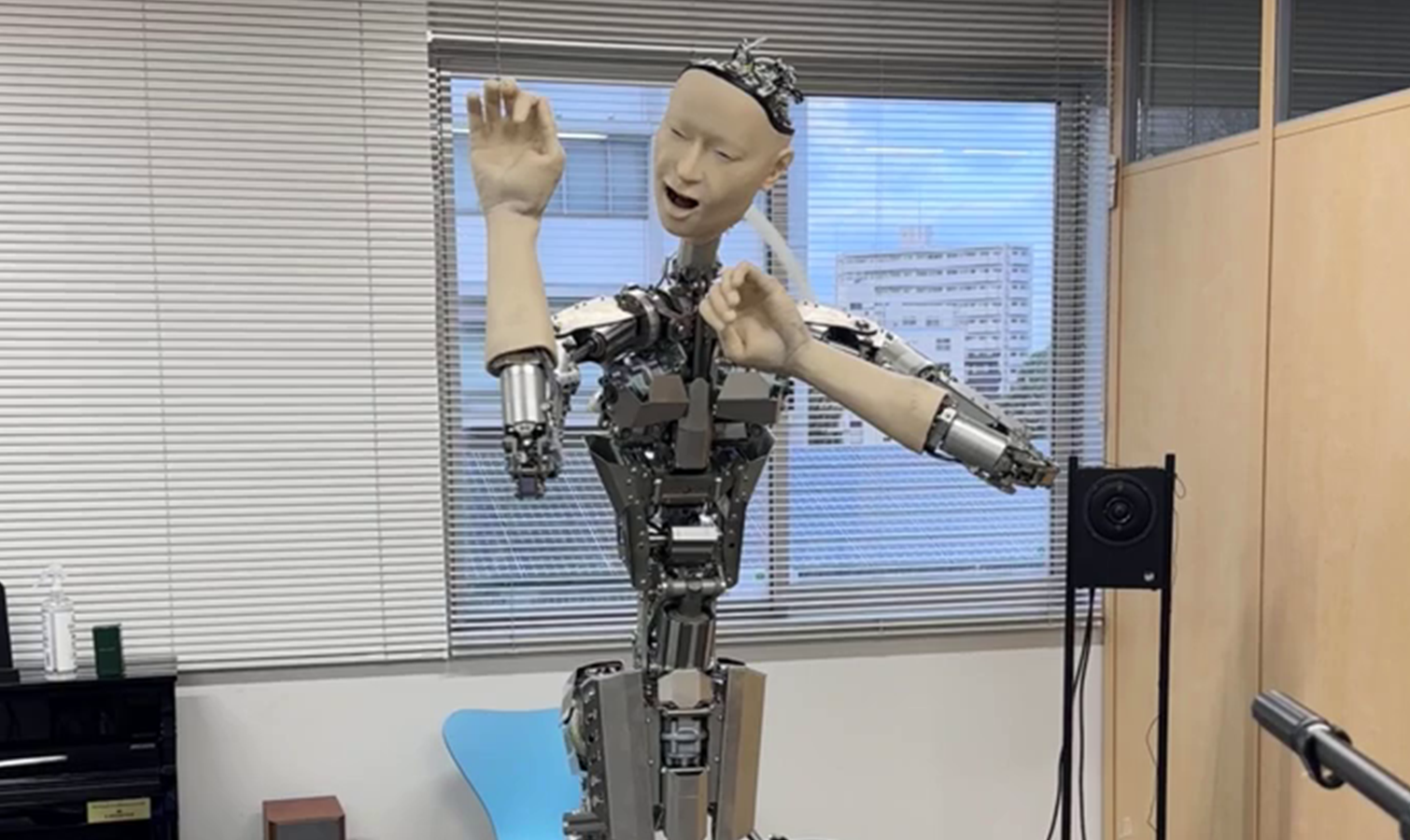
In a move that is equal parts creepy and impressive, a team of researchers connected a humanoid robot to GPT-4, the artificial intelligence model that powers ChatGPT.
In the year since the launch of ChatGPT by OpenAI, the underlying technology has been used to generate everything from corny jokes to novels. It has been upgraded to understand video, audio, images, and now — movement.
Alter3 is a humanoid robot built by a team from the University of Tokyo. With the help of GPT-4 it can now adopt a range of poses including a selfie stance or pretending to be a ghost and does so without those poses having first to be programmed into its database.
Why is this an important development?
From Text to Motion: Grounding GPT-4 in a Humanoid Robot "Alter3"paper page: https://t.co/QKIKfWKyPZreport the development of Alter3, a humanoid robot capable of generating spontaneous motion using a Large Language Model (LLM), specifically GPT-4. This achievement was… pic.twitter.com/WEViidVM1LDecember 12, 2023
Previously low-level robot control, such as movement, has fallen outside the scope of large language models as it is hardware-dependent and not covered in training data.
To overcome this, the Japanese team found a way to translate the expression of human movement into code the android could understand.
This allowed Alter3 to generate spontaneous motion. It won't carry your bags or run a race anytime soon as its motion is restricted to its upper body. Its lower body is fixed to a stand.
How does Alter3 work?

This means that the robot can generate sequences of actions over time without developers having to program for each body part. It can learn to move, much like a toddler would when first moving from shuffling, to crawling and on to walking.
Users can also adjust the pose or help the android understand the difference between a dab and an infinite dab. Part of me wonders whether the researchers just wanted a way to test new Fortnite emotes outside of the game.
A human talking to Alter3 can say something like "take a selfie with your iPhone" and the robot will run a series of calls to OpenAI's GPT-4, including asking the AI what is involved in taking a selfie. GPT-4 will then turn that into Python code that the robot can understand and use to make the necessary motions.
What happens next?

The team behind Alter3 and the new GPT-4-based text-to-movement discovery plan to make their findings available for use in other humanoid robots. This, they say, is a significant advancement in robot development.
“Remarkably, Alter3 can mimic ghosts, animals, and human-like expressions of emotions. Its response to conversational content through facial expressions and gestures represents a significant advancement in humanoid robotics, easily adaptable to other androids with minimal modifications,” they wrote in the research paper."
While a robot doing a dab or pretending to be a ghost might not be much of a worry for the future of humanity today, it only takes one to go rogue and we’ve got a Terminator on our hands.







